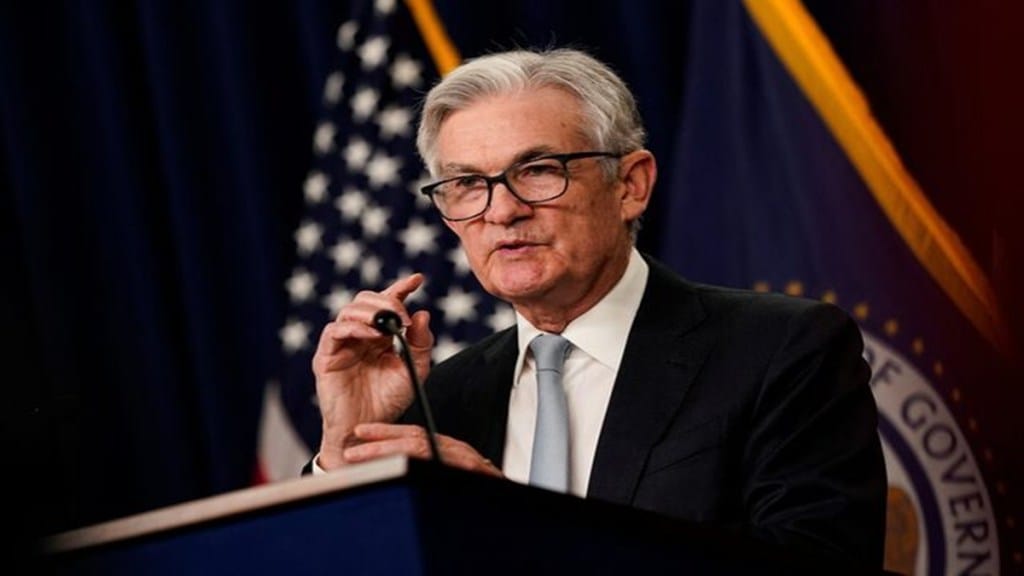The US Federal Reserve announced a rate cut this week, lowering its benchmark interest rate by a quarter percentage point to a range of 3.75% to 4.00%. But the decision has faced resistance from several top Federal Reserve official, Reuters reported. While some believe more rate cuts are needed to support a weakening job market, others feel inflation is still too high to justify further easing.
The growing rift has made things complicated for Fed Chair Jerome Powell, who has six months left in his term and is trying to hold the committee together on what should come next.
Fed officials divided over rate cut
Dallas Fed President Lorie Logan said on Friday that she didn’t think cutting rates this week was the right move. “I did not see a need to cut rates this week,” she told a banking event. “I’d find it difficult to cut rates again in December unless there is clear evidence that inflation will fall faster than expected or that the labor market will cool more rapidly.”
Logan, who doesn’t have a policy vote this year but will get one next year, added that she supports holding rates steady until inflation moves lower, Reuters reported.
Cleveland Fed President Beth Hammack also agreed that the central bank needs to stay cautious. “Given the move we just made, I think we’re right around neutral,” she said. “I think we’re barely restrictive, if at all. We still need some restrictions to bring inflation down.” Neither Logan nor Hammack was in favour of this week’s rate cut, even though they did not have a vote this year.
Waller pushes for more cuts
Fed Governor Christopher Waller, who does have a vote, said the economy now needs more help because of signs of weakness in the labor market. “The biggest concern we have right now is the labor market,” Waller said in an interview with Fox Business Network. “We know inflation is going to come back down, so thisw is why I’m still advocating that we cut policy rates in December.”
Waller is currently in the running to be named the next Fed chair after Jerome Powell, having been widely praised and favoured by US President Donald Trump. He said the data support another rate cut before the year ends.
Both Waller and Logan said that Trump’s new tariffs are not likely to push inflation higher. But while Waller took that as a reason to cut rates, Logan believes prices for services were still too high.
They also rejected the idea that the government shutdown is causing a “data fog.” Powell had earlier mentioned that the lack of official data could make it harder to decide on future policy. But both Logan and Waller said there’s still plenty of information available from private reports and state-level data.
“The fog story has got to stop,” Waller said. “You may be careful, but it doesn’t mean to stop. The right thing to do is to keep cutting.”
After the Fed’s 10-2 vote to cut the benchmark rate to a range of 3.75%–4.00%, Powell confirmed that members are strongly divided. “Given strongly differing views, a December cut is not a foregone conclusion, far from it,” he said during his press conference.
Logan and Hammack both said they’re keeping a close eye on the job market and recent layoffs announced by large companies. But for now, they believe inflation is the bigger problem.
“The risks to the labor market do lie mainly to the downside,” Logan said. “But the remaining risks are ones we can monitor closely, not ones that currently warrant further preemptive action.”


